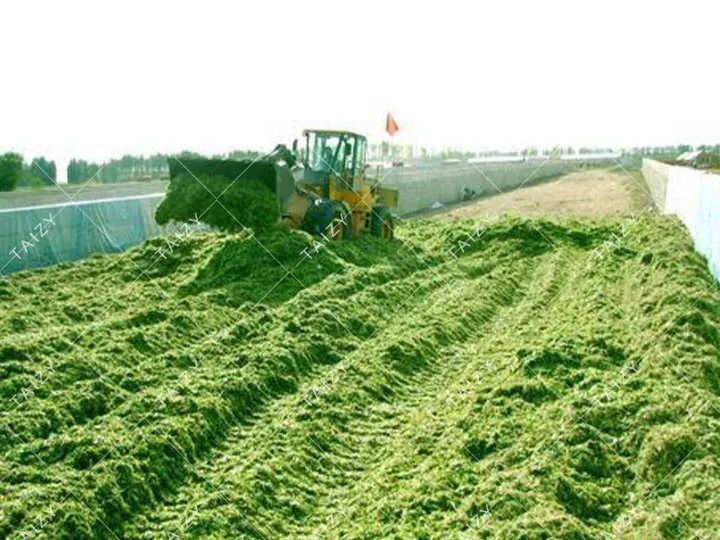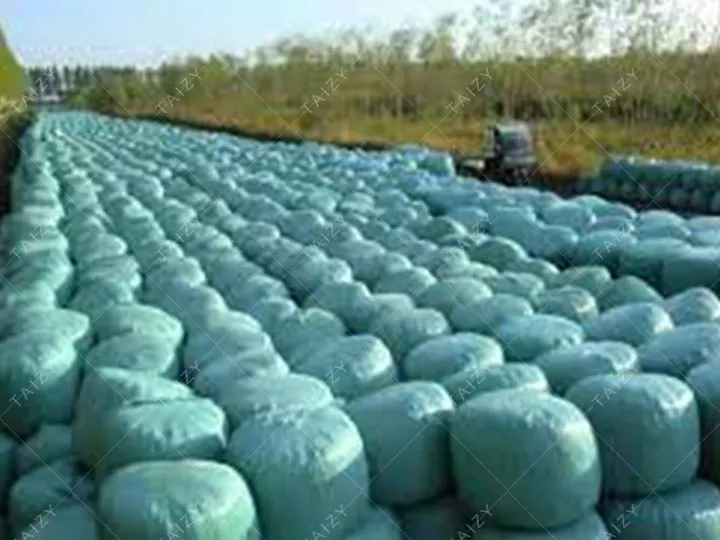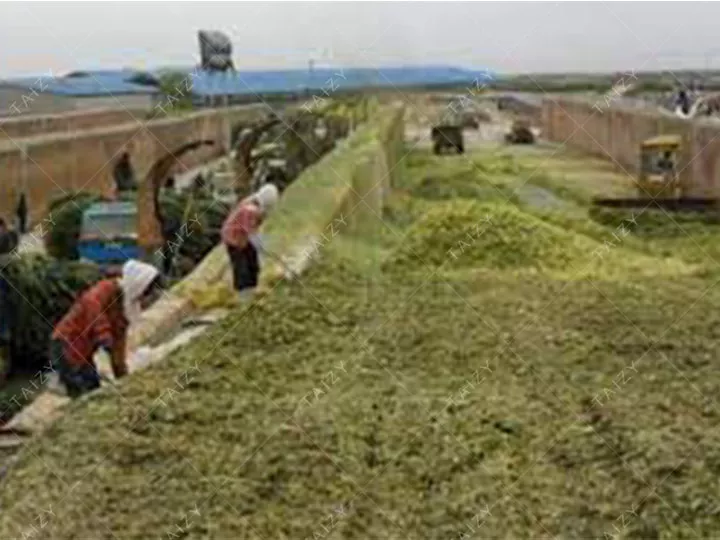What are the benefits of green silage?
As agricultural technology continues to develop, green silage making is becoming easier and easier. Because of its high nutritional value, silage fills a seasonal shortage of forage. Silage making is therefore a skill that all farmers need. People are now using silage baler machines to make silage. Here are the specific benefits of silage.
Less nutritional loss
If green forage can be silenced at the right time, the rate of nutrient loss will be minimal, at around 10%. The natural air-drying process, on the other hand, is not immediately followed by the death of plant cells. It will continue to consume and decompose nutrients, and when it reaches the air-dried state, the nutrient loss is about 30%.
If in the air-drying process, encounter rain or snow drenching or mould deterioration, the loss will be even greater. According to the identification, silage corn straw than air-dried corn straw crude protein is 1 times higher, crude fat is 4 times higher, while crude fibre is 7.5 percentage points lower. And the preservation of vitamins is more favourable.

Good palatability
Green silage will become soft after lactic acid fermentation. And, the taste is sweet and sour. Especially for some hard textures, poor palatability of green material after silage, improve the palatability effect is more obvious.
The per unit volume of storage capacity is large
The weight of 1 cubic metre of green silage is 450-700 kg, of which 150 kg is dry matter. This is compared to 1 cubic metre of hay, which is only 70 kg, containing about 60 kg of dry matter. The storage capacity per unit volume is large, which is conducive to the storage of forage.

It can be kept for a long time
Green silage treated with a round silage baler machine is wrapped in plastic film. It can therefore be utilised all year round and is less affected by natural disasters. In general, the shelf life is up to 3-4 years. Untreated hay, on the other hand, can be subjected to rodents, insects or mould when stacked for long periods of time.
It reduces the incidence of digestive and parasitic diseases
Green silage is nutritious and rich in lactic acid and vitamins. This helps to reduce digestive diseases in livestock. Also, as the feed is fermented, parasites and their eggs are killed, which will also reduce the occurrence of endoparasitic diseases. Some weed seeds also lose their ability to germinate as a result of fermentation. This reduces the chances of weeds being spread by livestock manure.

